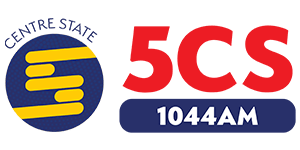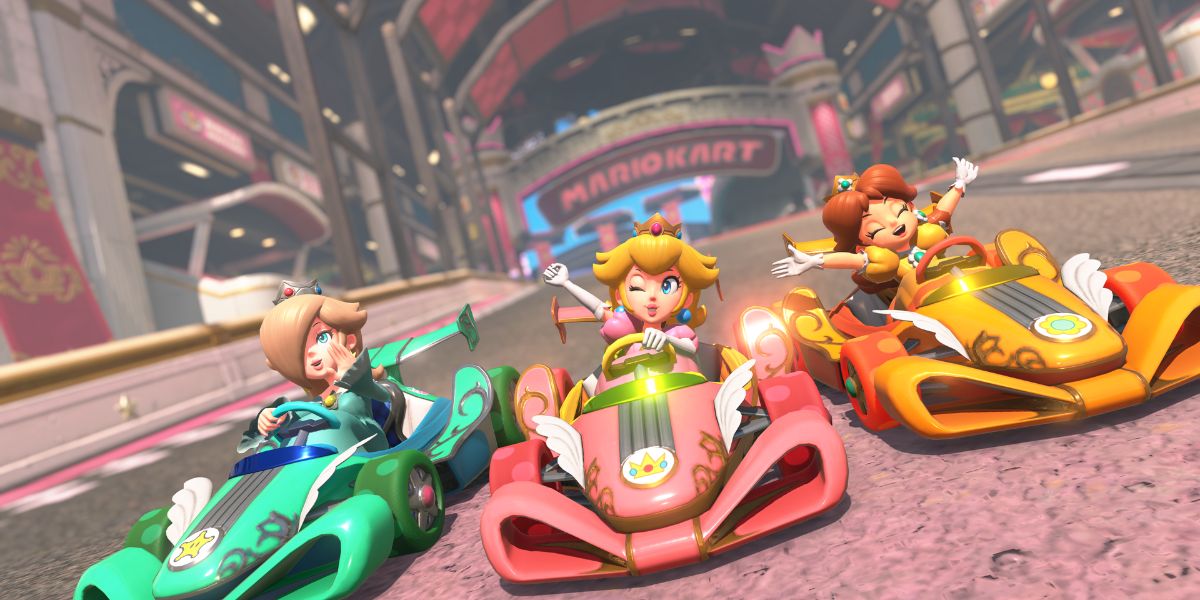Few video games have left as profound an impact on their genre as Mario Kart. Since its debut with Super Mario Kart in 1992 on the Super Nintendo, this iconic series has dominated kart racing while redefining what it means to create a game that is fun, accessible, and competitive. Now, with the release of Mario Kart World as a launch title for the Nintendo Switch 2, it’s the perfect time to reflect on the legacy of this legendary franchise.
What makes Mario Kart so special? Its brilliance lies in its ability to combine accessible gameplay with thrilling competition. Instead of chasing realism, Mario Kart embraced simplicity and fun, introducing go-karts, colourful tracks, and zany items like shells and bananas. These items add unpredictability and humour, leveling the playing field and making every race feel like a high-stakes showdown. The power-slide, or drifting mechanic, is another cornerstone of Mario Kart gameplay, allowing skilled players to shave seconds off lap times while remaining easy enough for beginners to master.
From the start, Mario Kart was designed with multiplayer in mind. The split-screen mode ensured the game became a staple at gatherings, while the addition of online multiplayer in later entries expanded its reach as the ultimate party racer. Over the years, the series continued to innovate, introducing features like gliders, anti-gravity mechanics, and now, open-world exploration in Mario Kart World. These constant updates have kept the franchise feeling fresh for over three decades.
Mario Kart World will take it even further as it introduces a massive, interconnected open world where up to 24 players can race across seamlessly linked regions with dynamic weather and day/night cycles, featuring new mechanics like wall-driving, rail-grinding, charge jumps, a rewind function, and expanded modes including Grand Prix, Knockout Tour, Free Roam, and enhanced Battle Mode.
Beyond being a franchise, Mario Kart created an entire subgenre of racing games. The term “kart racer” now refers to games that prioritise fun over simulation, with accessible controls, imaginative tracks, and competitive item-based gameplay. Naturally, this success inspired imitators, but few managed to replicate the magic.
Crash Team Racing (1999) on the PlayStation is one of the most successful Mario Kart clones. It adapted the formula with tight controls, inventive tracks, and a robust adventure mode, earning a strong fanbase. The 2019 remake, Crash Team Racing Nitro-Fueled, enjoyed critical and commercial success, but even this beloved title couldn’t dethrone Mario Kart. Similarly, Diddy Kong Racing (1997) offered unique features like multiple vehicle types and a story-driven mode. Despite its innovations, it couldn’t match Mario Kart’s widespread popularity.
Other competitors, like Sega’s Sonic & All-Stars Racing series, brought their own twists, such as transforming vehicles, but never reached Mario Kart’s mass appeal. Most clones fell short because they couldn’t match the balance of accessibility, depth, and charm that defines Mario Kart. Iconic characters, polished gameplay, and features that welcome players of all ages make the series timeless.
The numbers speak for themselves: as of 2025, Mario Kart 8 Deluxe has sold over 68 million copies, making it the best-selling racing game in history. The franchise as a whole has surpassed 100 million units sold, cementing its place as a cultural phenomenon. Few games boast that level of enduring appeal.
As Mario Kart World launches on the Nintendo Switch 2, one thing is clear: Mario Kart isn’t just a benchmark for racing games, it’s the gold standard. A legacy of fun, innovation, and universal joy that continues to bring generations together.






